Mangrove forests provide invaluable ecosystem services to the people of The Bahamas. They sequester massive amounts of carbon annually, their gnarled root networks provide habitats for key fishery species, and dense mangrove thickets protect coastlines from intense tropical storms and relentless waves.
But Bahamian mangroves took a heavy beating in 2019. Hurricane Dorian’s ferocious 185 mph winds and catastrophic storm surges destroyed thousands of acres of mangroves around the islands of Grand Bahama and Abaco. And without mangroves – without a physical barrier between infrastructure and the sea – island inhabitants are left more vulnerable than ever to inevitable wraths brought on by future storms.
To remedy the devastation wrought on these “living shorelines,” we’re taking an all-hands-on-deck approach to mangrove restoration, habitat mapping and monitoring throughout The Bahamas. Working closely with our partners at The Bahamas National Trust, we planted more than 20,000 mangrove propagules (seedlings) in some of the worst damaged areas of East End Grand Bahama and Abaco last month.
“This is just a start,” said Dr. Craig Dahlgren, our executive director. “Full-scale restoration will require sustained effort over the next five years. But in the era of climate change and worsening tropical storms, mangroves are our last line of coastal defense,” he continued. “That’s why it’s so important that we protect them – just like they protect us – and restore areas that were heavily damaged before it’s too late.”
To support our mangrove planting endeavors around Grand Bahama, we recruited 17 volunteers from East End Grand Bahama and the Kiwanis Club. The volunteers were keen and excited to help restore their community. Most interested was one of the boat captains, Leroy Glinton who was described as the “poster Bahamian fisherman.” He shared how much he loved the ocean and how good it felt to help with this restoration initiative because in his line of work, he has seen and felt the damaging effects of marine ecosystem degradation.
Glinton’s enthusiasm was echoed by our research technician from New Providence, Meghyn Fountain. “Seeing the devastation for the first time after hearing so much about it was disheartening. I’ve never seen so many dead mangroves in my life, but I was delighted to plant and help restore the East End, especially after meeting all the volunteers and seeing how grateful they were that we were helping their community. It made me realize that restoration isn’t only about helping the marine environment but about the communities that depend on it.”
Our habitat mapping and monitoring efforts from 2021 proved crucial to informing our on-the-ground restoration work this year. Using advanced drone technology, we produced high resolution maps of 34 mangrove sites spanning 6,864 acres in Grand Bahama and Abaco. The detailed datasets allow us to prioritize areas for restoration this summer, based on where we can realize the strongest impact and have the highest chance of ecosystem recovery.
“Previous studies only looked at whether the mangrove was healthy or was it damaged or dead. Damaged and dead was a combined category. Using advanced technology and utilizing high resolution satellite imagery, we are able to tease out the extent of that damage, seeing if it was indeed totally dead versus significantly reduced in the amount of live mangroves in an area. So, we are getting a lot more detailed information,” said Dahlgren.

We’d like to thank the Regional Activity Center for the protocol concerning Specially Protected Areas and Wildlife (SPAW-RAC), The Bahamas Protected Area Fund (BPAF) and the Natural Infrastructure for Caribbean Resilience (NICaR) Program for their support and making this essential restoration work possible.
*A project of the Bahamas Protected Areas Fund and the Caribbean Biodiversity Fund.
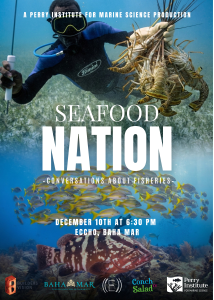
“Seafood Nation” Documentary Premiere Explores the Heart of Bahamian Culture and the Future of Fisheries
NASSAU, The Bahamas | December 5, 2025 – From the bustling stalls of Potter’s Cay to family kitchen tables across the archipelago, seafood is far more than just sustenance in
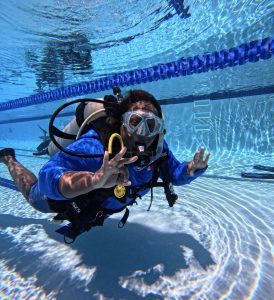
PIMS and Disney Conservation Fund Partner to Train 19 Government Divers
PIMS dive training in Nassau strengthened national coral restoration capacity across government agencies. Bahamas Dive Training Builds National Coral Restoration Capacity Last fall, between the months of September and October,
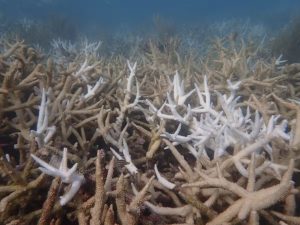
Florida’s Coral Reef Crossed a Line: What Functional Extinction Really Means for Elkhorn and Staghorn Corals
Reefs didn’t just bleach. They functionally vanished in one summer. A new Science study co-authored by researchers from the Perry Institute for Marine Science (PIMS) has found that Florida’s two
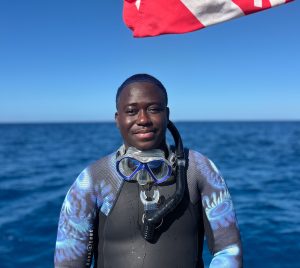
Q&A: Understanding the IDC Course at PIMS with Duran Mitchell
A former aquarist turned coral conservationist, Duran is passionate about understanding how all marine life connects. PIMS & IDC: Empowering New Dive Instructors for Marine Conservation PIMS & IDC: Empowering
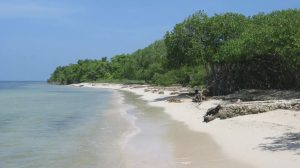
Forbes Shines a Spotlight on Coral Reef Restoration in the Caribbean
When Forbes highlights coral reef restoration, it signals something powerful: the world is paying attention to the urgent fight to protect reefs. And solutions are within reach. Recently, Forbes featured Dr. Valeria
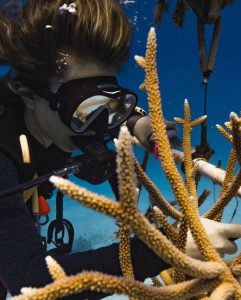
New Reef Rescue Diver Course: Volunteer in Coral Reef Restoration Abroad
Coral reefs are often called the rainforests of the sea—complex ecosystems that shelter a quarter of all marine life, feed millions of people, protect coastlines from storms, and attract travelers
